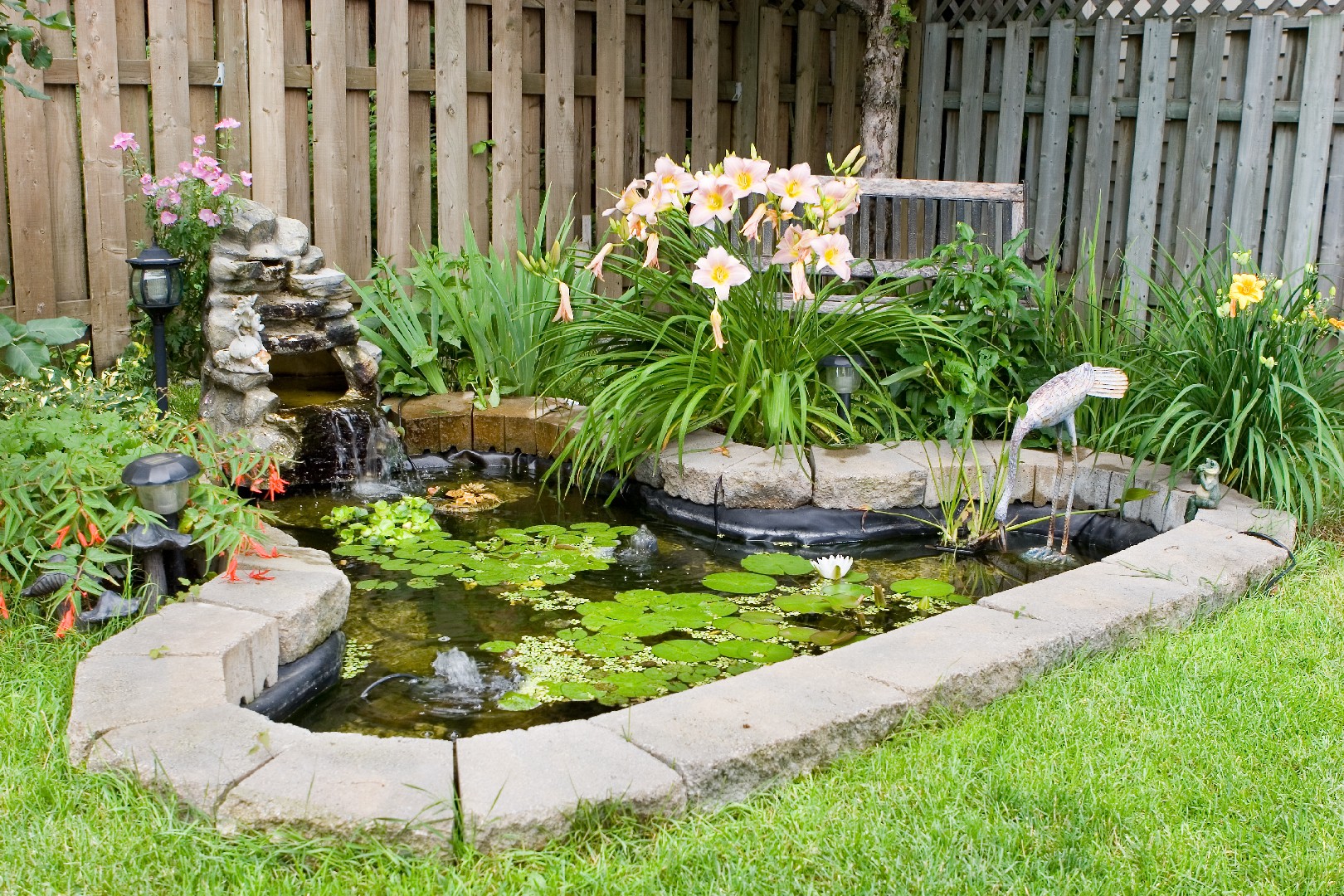![Rectangle]()
The Pulse of Water Features: Understanding the Ecosystem
In the world of garden design, water features play a crucial role in creating a harmonious and captivating outdoor space. But beyond their aesthetic appeal, these features are also home to thriving ecosystems that contribute to the overall health and balance of the garden. Understanding the concept of a natural ecosystem within a garden water feature is essential for creating and maintaining vibrant and sustainable environments.
At the heart of any water feature ecosystem are microorganisms, plants, and animals that coexist and interact with each other. These organisms form a complex web of life, each playing a unique role in maintaining the equilibrium of the ecosystem.
Microorganisms such as algae, bacteria, and protozoa are present in the water of a garden feature. They are responsible for decomposing organic matter and recycling nutrients, ensuring a healthy balance. These microorganisms are the heartbeat of the ecosystem, playing a vital role in maintaining water quality and supporting the overall health of the feature.
Plants, both submerged and emergent, are another crucial component of the water feature ecosystem. Submerged plants, such as water lilies and pondweed, provide oxygen through their leaves, improving the quality of the water and supporting the diverse microorganisms. Emergent plants, such as cattails and water irises, provide shelter and nesting sites for various animals, adding to the overall biodiversity of the feature.
The presence of animals in a water feature contributes to its vibrancy and ecological balance. Fish, frogs, and insects are some of the common inhabitants of such ecosystems. Fish play a vital role in controlling algae growth by feeding on them, keeping the water clean and clear. Frogs not only add to the charm of the feature with their croaking sounds but also act as natural pest control, keeping insect populations in check.
It is important to note that water quality plays a crucial role in supporting a healthy ecosystem within a water feature. Factors such as pH levels, dissolved oxygen, and nutrient concentration can significantly impact the overall balance of the ecosystem. Regular monitoring and maintenance of water quality parameters are essential to ensure the well-being of the plants, animals, and microorganisms within the feature.
To maintain a thriving water feature ecosystem, there are several practical tips and methods that gardeners can employ. One crucial aspect is the use of native plants in the feature, as they are well-adapted to the local climate and provide a natural habitat for local wildlife. Creating different depth zones within the feature can cater to the specific needs of various aquatic plants and animals. Adding a water circulation system or a fountain can enhance the oxygen levels and create movement in the water, preventing stagnation and promoting a healthier ecosystem.
In conclusion, understanding the ecosystem within a garden water feature goes beyond its visual appeal. It involves recognizing the vital role microorganisms, plants, and animals play in maintaining the balance and health of the ecosystem. By considering water quality, incorporating native plants, and providing suitable habitats, gardeners can create and sustain vibrant and diverse ecosystems within their water features. By nurturing these ecosystems, gardeners can enjoy not only the beauty of their water features but also the rich tapestry of life they support.





